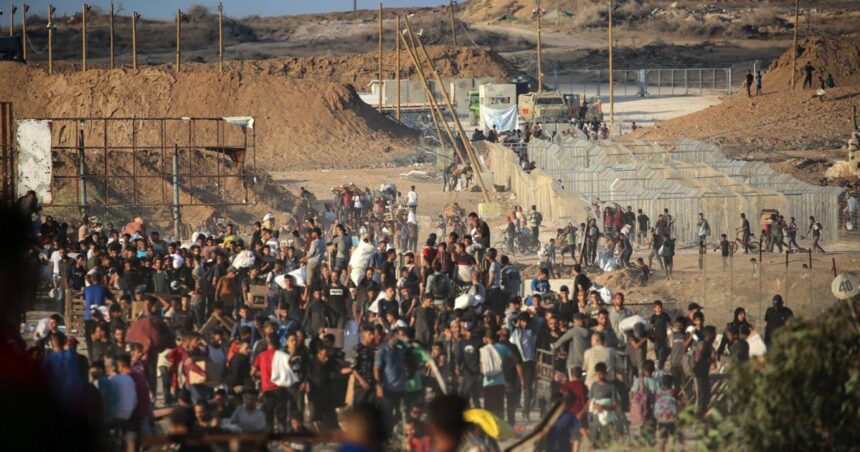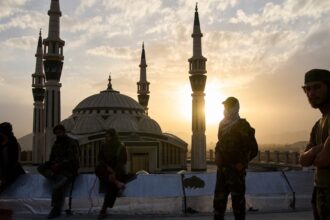Blood-stained concrete and desperate cries for help echoed through Gaza’s streets Tuesday as Israeli airstrikes claimed the lives of 14 Palestinians, while an additional 10 perished during a chaotic scramble for food aid in the increasingly desperate enclave.
The latest wave of violence erupted before dawn when Israeli forces conducted precision strikes targeting what military officials described as Hamas infrastructure in central Gaza. According to Gaza health officials, however, the casualties were predominantly civilians, including four children and three women.
“We were sleeping when suddenly everything collapsed around us,” recounted Ahmed Masri, a 37-year-old resident of Deir al-Balah whose neighbor’s home was struck. “There was no warning, just destruction and screams everywhere.”
The Israeli Defense Forces (IDF) maintained that the operations targeted “verified terrorist targets” in accordance with international law. “Our intelligence confirms these locations were being utilized by Hamas operatives to coordinate attacks against Israeli forces,” an IDF spokesperson stated during a press briefing.
However, UN humanitarian observers on the ground have challenged these assertions, pointing to the growing civilian toll of the conflict. The Gaza Health Ministry reports that over 33,000 Palestinians have been killed since the war began last October, with women and children comprising approximately 70% of the documented casualties.
Separately, tragedy struck at a humanitarian distribution point in northern Gaza where thousands had gathered in hopes of receiving desperately needed food supplies. Witnesses described scenes of chaos as 10 people, including three children, were crushed to death or suffered fatal injuries amid the frantic push to secure aid.
“People are starving,” explained Dr. Khalil Nasir at Al-Awda Hospital, where victims were transported. “When aid trucks arrive, it’s not an orderly distribution—it’s survival. The desperation has reached unimaginable levels.”
The humanitarian crisis has reached catastrophic proportions, with the World Food Programme warning that famine conditions now exist in northern Gaza. An estimated 1.1 million Palestinians—half of Gaza’s population—face severe food insecurity, while functioning medical facilities operate at merely 20% capacity amid critical shortages of medicine, equipment, and fuel.
International diplomatic efforts continue to falter as cease-fire negotiations mediated by Egypt and Qatar have stalled. Israeli Prime Minister Benjamin Netanyahu has repeatedly emphasized that military operations will continue until Hamas is dismantled and all hostages are returned, while Hamas insists on a complete Israeli withdrawal from Gaza as a precondition for any agreement.
The European Union’s foreign policy chief Josep Borrell condemned the mounting civilian casualties, stating: “The protection of civilians must be paramount. International humanitarian law is not optional—it is obligatory for all parties.”
As night fell over Gaza, emergency workers continued to search through rubble with limited equipment, guided only by flashlights and desperate calls from those trapped beneath collapsed structures. Medical facilities, overwhelmed and undersupplied, struggled to treat the wounded with dwindling resources.
The escalating crisis raises a troubling question for the international community: At what point does the moral imperative to protect innocent lives override political calculations in a conflict where civilians bear the overwhelming burden of suffering?










